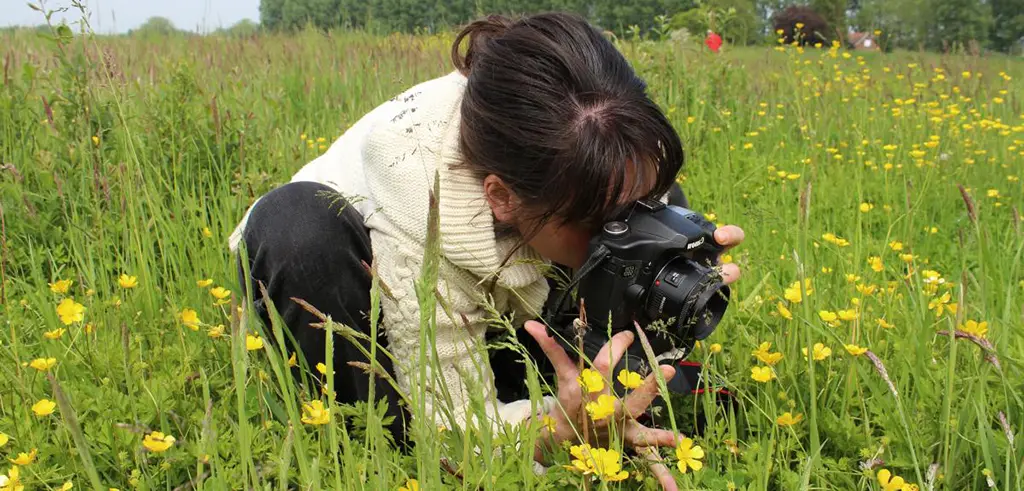Why put forward participatory sciences?
The participatory sciences help improving the knowledge on biodiversity by collecting an important amount of data that couldn’t have been provided otherwise to the scientists, and which shall then be used to enrich the answers to be given and elaborate solutions to better protect said biodiversity.
They have another stake, which is just as important: playfully educating and raising awareness on the biodiversity issues, while imparting a feel of usefulness to the volunteers. This approach helps understanding the mechanisms that lead to biodiversity degradation and fostering practice changes.
Participatory sciences equally provide a network of a representative knowledgeable on the environmental cause.
This measure is related to the measure for the support of municipalities.
